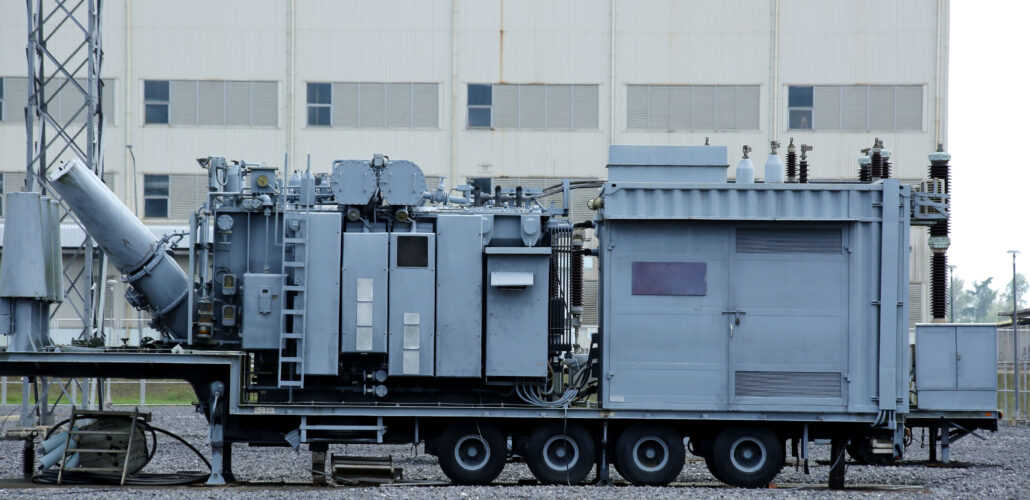How (Should) Power Utilities Handle Grid Failures by Utilizing Mobile GSubstations
As the demand for electricity continues to grow and the grid becomes more complex, the role of mobile substations will likely expand.

Image for illustration purposes.
Power utilities face significant challenges when dealing with grid failures, particularly in maintaining service continuity during outages. One effective solution has been the deployment of mobile substations, which are portable units designed to restore power quickly and efficiently.
Mobile substations are equipped with transformers and switchgear, allowing them to connect to the existing grid and provide electricity to areas affected by outages. These units can be transported to the site of a failure, set up rapidly, and begin supplying power, minimising downtime. This is crucial, especially in regions where outages can lead to substantial economic losses and public safety concerns.
The need for mobile substations arises from various factors, including equipment failures, extreme weather events, and natural disasters. For instance, single-transformer failures can often be managed due to the redundancy built into most systems. However, when multiple transformers fail or when entire substations are compromised, the situation becomes more critical. In such cases, mobile substations can be deployed to restore power while repairs are made to the damaged infrastructure.
In addition to their rapid deployment capabilities, mobile substations offer flexibility. They can be used in temporary setups during planned maintenance or upgrades of existing substations. This dual functionality helps utilities manage their resources more effectively and ensures that power supply remains stable.
The design of mobile substations incorporates advanced technology to ensure reliability and efficiency. They are typically housed in trailers or containers, making them easy to transport. The internal components, such as transformers and circuit breakers, are designed to operate under various environmental conditions, ensuring they can function effectively in different climates.
Utilities are increasingly recognising the importance of mobile substations as part of their overall strategy for managing grid reliability. By investing in these portable solutions, they can enhance their resilience against outages and improve their response times during emergencies. This proactive approach not only helps maintain service continuity but also builds public trust in the reliability of the power supply.
Sources: Electrical Engineering Portal and UETCL of Twitter
#grid failure#grid stability#mobile substation#power outage#switchgear



